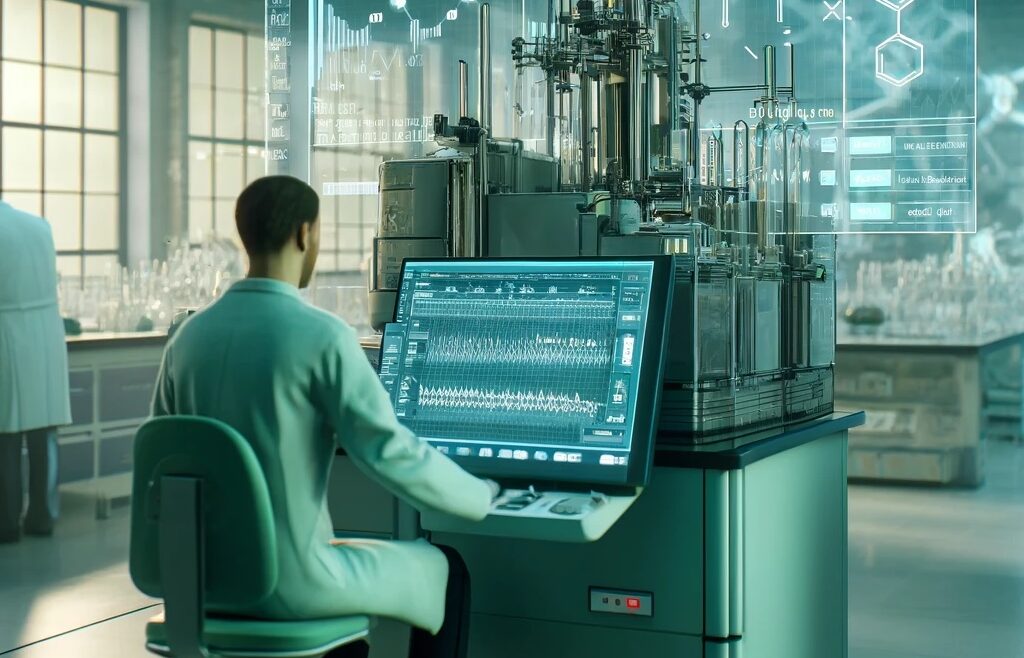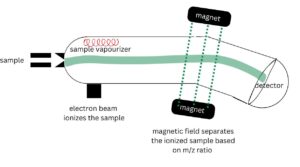The opioid crisis has emerged as one of the most daunting public health challenges of the last decade, claiming thousands of lives each year due to overdose and misuse. In response, the role of clinical toxicology in opioid prescribing has become increasingly vital. Clinical toxicology provides crucial insights that can help medical professionals prescribe opioids safely and effectively, minimizing risks and building trust between the patient and the doctor.
Understanding Opioid Risks
Opioids, such as oxycodone, morphine, codeine, fentanyl and others are powerful pain relievers, but they come with a high risk of addiction and overdose. There are several reasons as to why opioids are addictive and different medications function via slightly different mechanisms. Generally speaking, opioids stimulate release of dopamine, which is a neurotransmitter associated with pleasure and reward. With frequent use, the body builds up a tolerance, which means that a higher dose of drug will be needed to achieve the same effect as before. There is also a risk of developing physical and psychological dependencies.
Importance of Clinical Toxicology
One of the primary applications of clinical toxicology in opioid prescribing is drug monitoring for pain management. Pain management is a medical approach that aims to reduce and control pain, recognizing that while pain may not be curable, it can be effectively managed. This discipline uses various strategies, including the prescription of opioids, which do not heal the underlying cause of pain but can significantly mask the sensation of pain, providing temporary relief and improving quality of life.
Drug monitoring involves measuring drug levels in the patient’s system at scheduled intervals to ensure they are within a therapeutic range that is both effective and safe.
Regular monitoring can reveal patterns that suggest drug misuse or diversion of prescriptions, such as unusually rapid refills.
Toxicological data can guide doctors in adjusting dosages to avoid under-treatment or dangerous accumulation of the drug. Individual metabolism can cause significant variations in how long a drug stays in the body.
Toxicology tests can also identify interactions between opioids and other medications, such as benzodiazepines, that may increase the risk of respiratory depression and other serious side effects.
Opioids we test for at ALLIANCE™:
| NATURAL | SEMI-SYNTHETIC | SYNTHETIC |
| Morphine | Buprenorphine | Fentanyl |
| Codeine | Norbuprenorphine | Norfentanyl |
| Dihydrocodeine | Meperidine | |
| Desomorphine | Naloxone | |
| Hydrocodone | Methadone | |
| Hydromorphone | EDDP | |
| Oxycodone | ||
| Oxymorphone |
The role of clinical toxicology in opioid prescribing is a cornerstone of modern medical practice, particularly in pain management. By enabling precise and informed prescribing decisions, toxicology tests help mitigate the inherent risks of opioid pies, offering a balance between effective pain relief and safety. At ALLIANCE™, we remain committed to advancing the role of clinical toxicology, providing healthcare providers with the essential tools they need to combat the opioid crisis responsibly.



